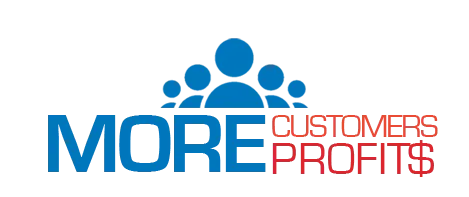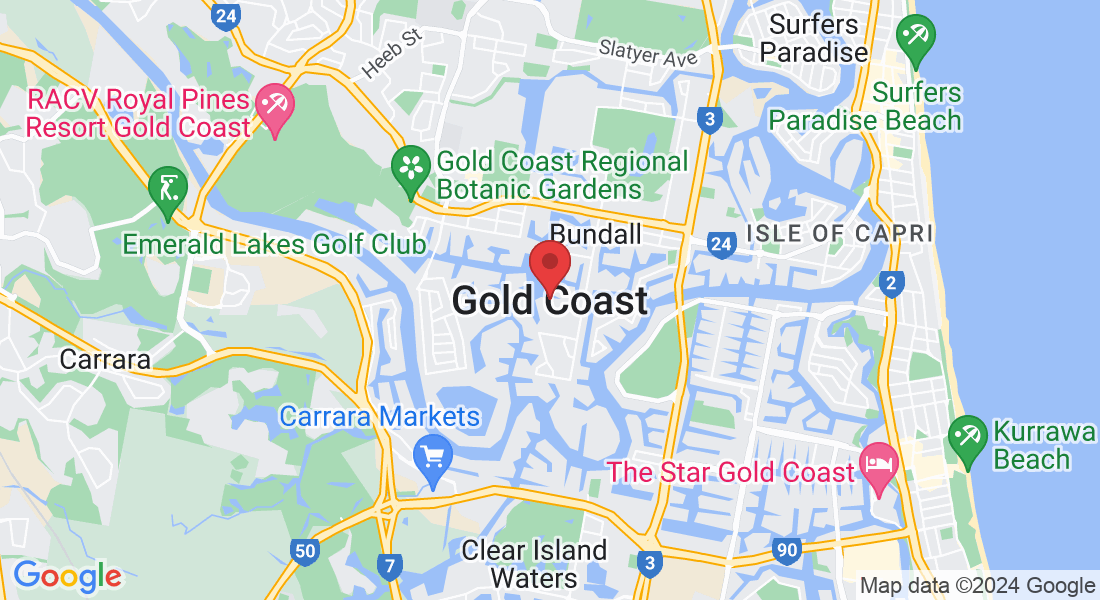PROFESSIONAL BUSINESS CONSULTING
Strategic Guidance for Sustainable Business Success
We provide comprehensive strategic guidance to help your business thrive in today's competitive landscape. Our expert consultants will work closely with you to analyze your unique challenges and opportunities, creating a tailored roadmap for sustainable success. With our proven methodologies and innovative solutions, we empower you to navigate the complexities of business management with confidence.

About Us
Empowering Your Business Journey
At More Customers More Profits, our mission is to be your trusted partner on the path to business excellence. With a wealth of experience and a commitment to innovation, we have earned a reputation as a leading business management consultancy.
Our journey began with a simple but profound belief: that every business, regardless of its size or industry, has the potential to achieve remarkable success. Guided by this principle, we have helped countless organizations navigate the complexities of the modern business landscape, overcome challenges, and seize opportunities.
Meet Coach Glenis Gassmann

Glenis Gassmann
Services

Strategic Planning and Development
Access our expertise in helping businesses create and execute strategic plans. We work closely with clients to define their long-term vision, set goals, and develop actionable strategies. Learn about our approach to market analysis, competitive assessment.
Operational Efficiency Improvement
Get one on one help with enhancing operational efficiency within your businesses. I conduct assessments to identify areas of improvement, streamline processes, reduce costs, and optimize resource allocation. Ask about case studies or examples of how I've helped clients achieve operational excellence.


Financial Management and Analysis
Experience in-depth financial management and analysis services. I assist businesses in managing their finances, analyzing financial statements, and making informed decisions regarding budgets, investments, and cash flow. Our proprietary tools assist you in financial forecasting, risk management, or cost reduction strategies.
Leadership and Team Development
Experience our unique Group Coaching to experiences our leadership and team development services. I work with clients to cultivate effective leadership skills, improve team dynamics, and enhance employee engagement. By conducting regular workshops and ongoing one on one and group sessions, we bring out the leader in you!

TESTIMONIALS
CUSTOMER REVIEWS
★★★★★
Amid a myriad of coaching experiences, finding Glenis has been akin to uncovering a hidden gem. Her approach is not just effective; it's transformative. Glenis possesses an innate ability to connect on a personal level, ensuring that the coaching experience is tailored to your unique needs and aspirations. Her genuine interest in my progress was evident from day one. She ignited a spark of motivation in me that previous coaches had failed to kindle. Her guidance inspired me to push my boundaries and challenge my limits. If you're on the fence about choosing a coach, let me simplify the decision for you: choose Glenis Gassmann. Her unparalleled expertise, coupled with a genuine commitment to your growth, makes her an exceptional choice. I cannot recommend her enough.
- Jessie Cox, Business Building Expert
★★★★★
Working with Glenis ensures clarity of vision and purpose. A plan, acknowledgement of talents and refinement of the same. Importantly, implementation is key and Glenis’ encouraging and uncompromising style creates an environment for success. I recommend Glenis to any serious business coach looking to escalate their clients’ and their own prosperity.
- Phil East, Business Advisor
FAQS
What makes More Customers More Profits different from other consulting firms?
At More Customers More Profits, our distinctiveness lies in our personalized approach to consultancy. Unlike one-size-fits-all solutions, we take the time to thoroughly understand your unique challenges, goals, and industry context. Our team of seasoned experts collaborates closely with you to craft tailored strategies and solutions. We measure our success by your success and remain committed to delivering results that align precisely with your needs and aspirations.
How long does it typically take to see results from your consultancy services?
The timeline for seeing results can vary depending on the specific nature of your project and goals. While some improvements may be evident in the short term, sustainable and significant transformations often take a bit longer. Our commitment is to provide you with a realistic timeline during our initial consultation. Rest assured, we work diligently to ensure that you experience positive changes as efficiently as possible, while also focusing on long-term success.
What industries do you specialize in, and can you help businesses of all sizes?
We have expertise across a wide range of industries, including finance, technology, healthcare, manufacturing, and more. Our consultants' diverse backgrounds and experiences enable us to adapt our strategies to fit your specific industry. Whether you're a small startup or a large corporation, we have the knowledge and resources to assist you. Our consultancy services are scalable and tailored to meet the unique needs of businesses of all sizes, ensuring that you receive the support necessary to achieve your goals.

***DISCLAIMER:
The information contained on this Website and the resources available for download through this website is not intended as, and shall not be understood or construed as, professional advice. While the employees and/or owners of the Company are professionals and the information provided on this Website relates to issues within the Company’s area of professionalism, the information contained on this Website is not a substitute for advice from a professional who is aware of the facts and circumstances of your individual situation. Nothing on this site, nor advice from our experts, shall constitute legal advice.

